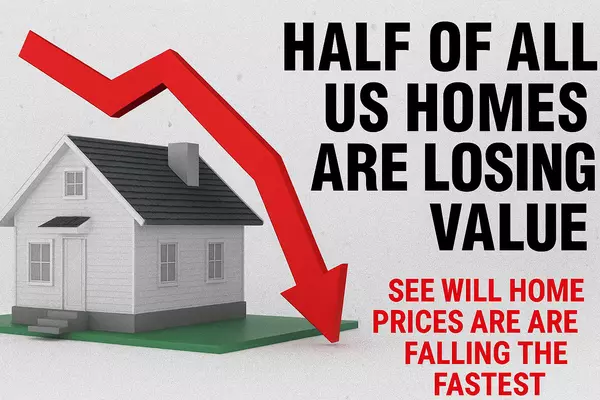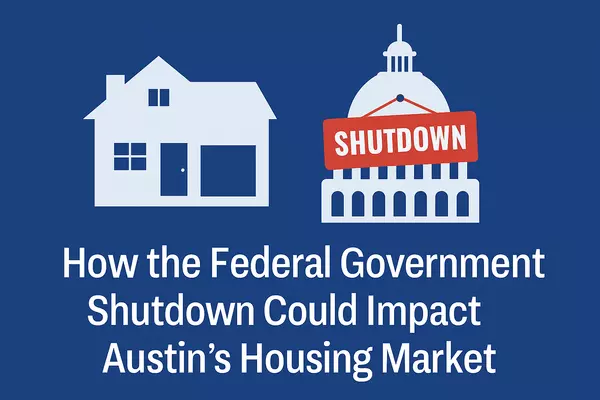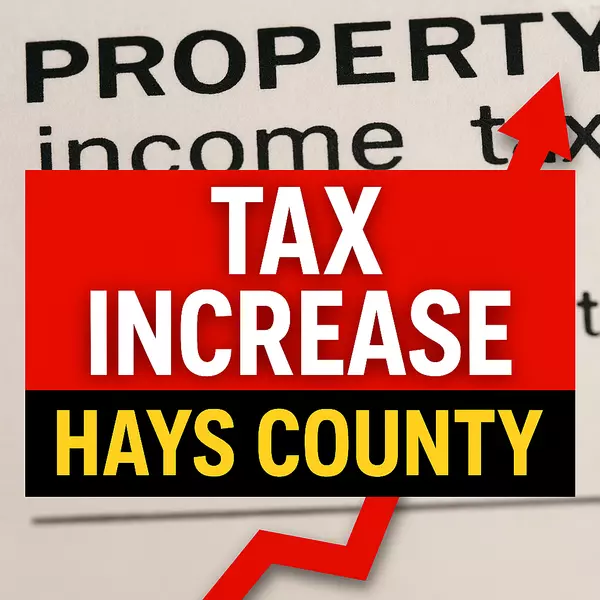Tariffs Could Affect Austin TX, Here Is Why!

How Tariffs Could Impact the Housing Market for Sellers in Austin, TX
Will your home sell in this market in Austin TX
How Tariffs Could Impact the Housing Market for Sellers in Austin, TX

The Austin housing market has been a seller’s dream in recent years, with skyrocketing home prices, low inventory, and fierce competition among buyers. However, new economic policies, particularly tariffs, could introduce uncertainty for sellers in this vibrant city. As trade policies evolve under shifting administrations, tariffs—taxes imposed on imported goods—could ripple through the economy, affecting everything from construction costs to buyer confidence. For Austin homeowners looking to sell, understanding these potential impacts is crucial to navigating the market effectively. Here’s a deep dive into how tariffs could influence the Austin housing market and what sellers need to know.
1. Rising Construction Costs and Home Prices
Tariffs on imported goods like lumber, steel, and aluminum—key materials for home construction—can significantly increase building costs. In 2021, for instance, tariffs on Canadian lumber contributed to a surge in lumber prices, which peaked at over $1,600 per thousand board feet, nearly quadruple the pre-tariff norm. While prices have since moderated, renewed or expanded tariffs could reignite cost spikes.
Impact on Sellers:
-
Higher new home prices: Increased construction costs often translate to higher prices for newly built homes in Austin, where demand for modern, energy-efficient properties is strong. Sellers of existing homes may face pressure to lower prices to compete with pricier new builds.
-
Slower inventory growth: If tariffs make homebuilding more expensive, developers may scale back projects, tightening Austin’s already constrained housing supply. This could keep seller competition low but may deter some buyers if affordability worsens.
What Sellers Can Do:
-
Highlight cost-saving features of your home, like energy-efficient upgrades or low-maintenance materials, to appeal to budget-conscious buyers.
-
Work with a real estate agent who understands how construction trends affect local pricing to position your home competitively.

COSTS WILL GO UP FOR SOMETIME FOR BUILDERS
2. Supply Chain Disruptions and Renovation Challenges
Tariffs can exacerbate supply chain bottlenecks, delaying access to materials needed for home renovations or repairs. In Austin, where many sellers invest in pre-sale upgrades to maximize offers, delays in getting appliances, flooring, or fixtures could push back listing timelines. For example, tariffs on Chinese-made goods could affect the availability of affordable home improvement products, a concern given China’s role in supplying electronics and household goods.
Impact on Sellers:
-
Delayed listings: If renovations take longer due to material shortages, sellers may miss peak selling seasons (spring and summer in Austin) or face rushed, lower-quality upgrades.
-
Higher renovation costs: Scarcer materials mean higher prices, squeezing sellers’ budgets for staging or repairs needed to attract top offers.
What Sellers Can Do:
-
Plan renovations well in advance and secure materials early to avoid tariff-driven delays.
-
Focus on high-ROI updates, like minor kitchen refreshes or curb appeal boosts, that don’t rely heavily on imported goods.
3. Buyer Affordability and Market Confidence
Tariffs often increase the cost of consumer goods, from cars to appliances, which can strain household budgets. In Austin, where median home prices hovered around $550,000 in early 2025, affordability is already a challenge for many buyers. If tariffs drive up inflation—potentially prompting the Federal Reserve to raise interest rates—mortgage rates could climb, further squeezing buyer purchasing power.
Impact on Sellers:
-
Smaller buyer pool: Higher interest rates and living costs could sideline first-time buyers or out-of-state transplants, who’ve fueled Austin’s market boom.
-
Longer selling times: Reduced demand may lead to homes sitting on the market longer, especially for higher-priced properties in areas like Westlake or Tarrytown.
What Sellers Can Do:
-
Price strategically to attract buyers in a potentially cooling market. Consider appraisals that account for tariff-driven economic shifts.
-
Offer incentives, like covering closing costs or including appliances, to make your home stand out without slashing the list price.
4. Impact on Austin’s Tech-Driven Economy

Austin’s housing market is closely tied to its booming tech sector, with companies like Tesla, Apple, and Oracle drawing high-earning professionals to the area. Tariffs on tech components or electronics could disrupt these industries, potentially slowing job growth or relocation-driven demand. For instance, tariffs on semiconductors or batteries could raise production costs for local tech firms, affecting their expansion plans.
Impact on Sellers:
-
Reduced corporate relocations: If tech growth slows, fewer high-income buyers may move to Austin, softening demand for luxury or move-up homes.
-
Investor caution: Real estate investors, a key player in Austin’s market, may pull back if economic uncertainty grows, reducing cash offers.
What Sellers Can Do:
-
Target marketing toward local buyers or remote workers less affected by tech sector fluctuations.
-
Emphasize Austin’s long-term appeal—its culture, climate, and lifestyle—to reassure buyers amid economic noise.
5. Regional Considerations for Austin Sellers
Austin’s housing market isn’t monolithic. Tariffs could affect neighborhoods differently based on their buyer demographics and property types. For example:
-
Central Austin (e.g., Zilker, Clarksville): High-demand areas may remain resilient due to limited inventory, but tariff-driven price pressures could cap buyer budgets.
-
Suburban areas (e.g., Round Rock, Cedar Park): Families and first-time buyers here are more sensitive to affordability, so tariff-related cost increases could dampen demand.
-
Luxury markets (e.g., Rollingwood, Lakeway): High-end sellers may see fewer out-of-state cash buyers if tariffs dent corporate profits or stock market returns.
What Sellers Can Do:
-
Tailor your pricing and marketing to your neighborhood’s buyer profile. For instance, suburban sellers might emphasize school quality or family-friendly amenities to offset affordability concerns.
-
Stay informed about local economic trends, like new tech campus announcements, that could counterbalance tariff impacts.
While tariffs introduce variables, Austin’s housing market remains fundamentally strong, driven by population growth, a diverse economy, and cultural allure. Sellers can stay ahead by:
-
Monitoring policy developments: Keep an eye on trade policy updates, as tariff specifics (e.g., targeted goods, rates) will shape their impact. Resources like the U.S. Trade Representative’s website or local news outlets can provide clarity.
-
Consulting experts: Work with real estate agents, economists, or financial advisors who track how macro trends affect Austin’s market.
-
Staying flexible: Be ready to adjust pricing, timing, or marketing if tariffs shift buyer behavior or inventory levels.
Conclusion
Tariffs could create headwinds for Austin home sellers by raising construction and renovation costs, straining buyer affordability, and unsettling the tech-driven economy. However, the city’s robust demand and limited supply offer a buffer against major disruptions. By understanding these dynamics and planning strategically, sellers can position their homes to thrive, even in a tariff-altered landscape. Whether you’re in a trendy downtown condo or a sprawling Hill Country estate, staying proactive and informed will help you navigate the market with confidence.
Have questions about selling in Austin’s evolving market? Connect with me over a phone call or video meeting.
Sources:
-
Historical lumber price data from industry reports (2021-2025).
-
Austin housing market trends from local real estate boards and Zillow (2024-2025).
-
General tariff impacts based on economic analyses from trade policy experts (publicly available data as of April 2025).
Note: This article is for informational purposes and not financial advice. Consult a professional for personalized guidance.

Recent Posts











